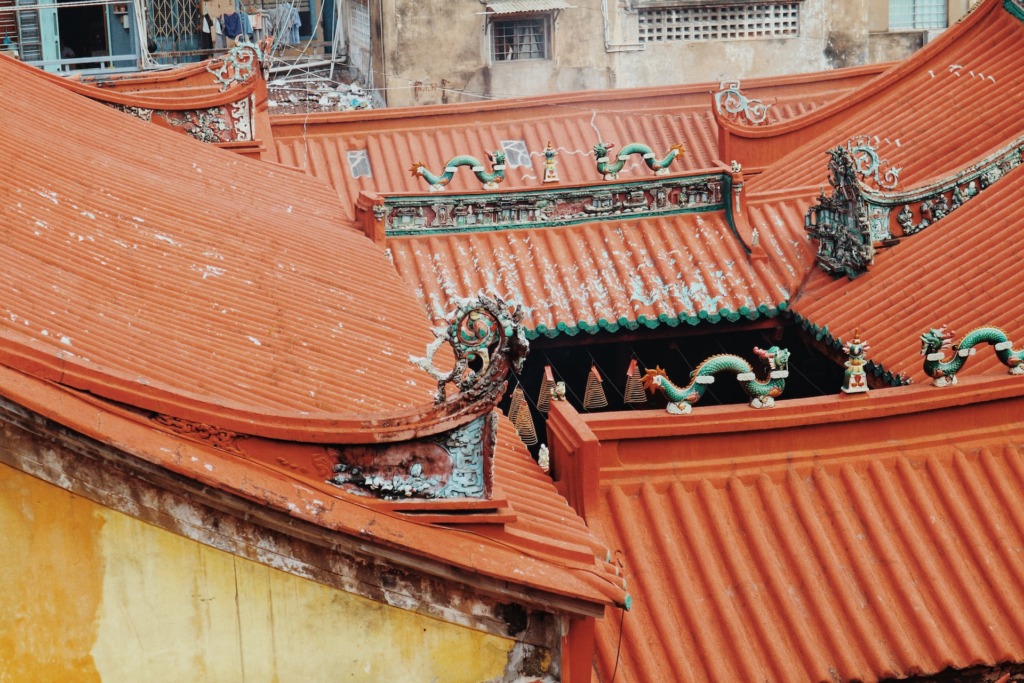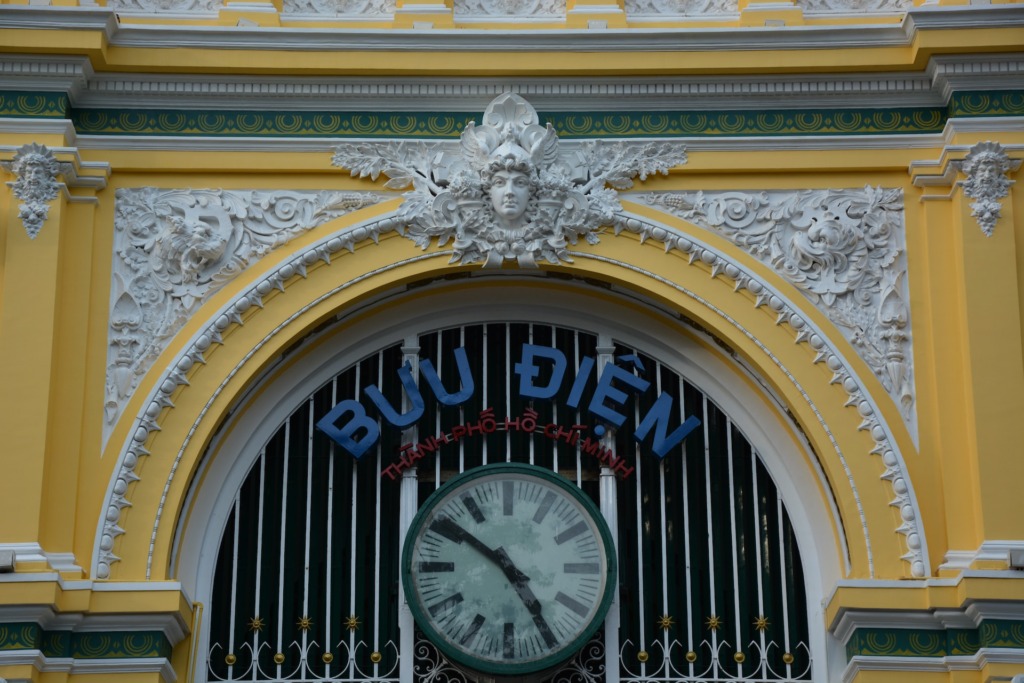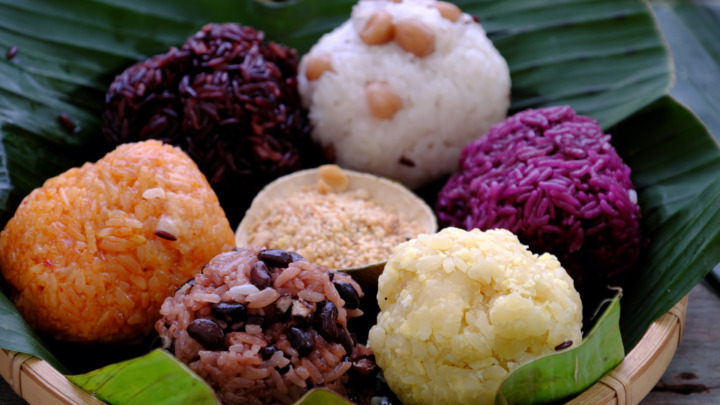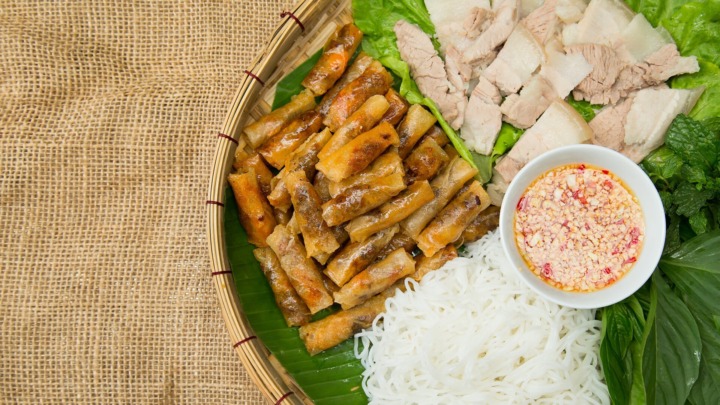Phá lấu (Vietnamese: Phá lấu, Chinese: 滷滷) is a dish that originated in China but is very popular in Saigon, in the southern region of Vietnam.
Ingredients include beef and pork, as well as duck tongue, ears, intestines, and stomach.
In the past, fa lau was usually served with white rice or porridge, but today it is popularly served with báinh mì.
Origin of “Fa-Lau”
Fa Lau was brought to Saigon by Chinese immigrants to South Vietnam and has been a traditional dish.
According to Vietnamese literature, this dish originated from the worship and death anniversaries of the people of southern China.

Since the offered pork could not be eaten up, it was marinated to keep it alive, and then placed in a pot and consumed little by little.
The hot pot broth also uses spices and traditional medicinal herbs such as pentatonic, liquor, cassia, octagonal, star anise, and fennel.
One of the charms of fa lau is that even parts of the pig such as the tongue, ears, intestines, and stomach are delicious.
Variations on Fa Lau
Although Fa Lau originated in China, after it was brought to Vietnam, many unique Vietnamese variations appeared.
For example, modern-day fa lau sold on Saigon’s sidewalks is enhanced by the sweetness of coconut milk.
For the people of southern Vietnam, coconut water and coconut milk are very popular cooking methods that take advantage of the sweetness of coconut water and coconut milk, resulting in a richer, more intense finish.
The use of coconut is also a traditional cooking method that has long been handed down to the Khmer people of southern Vietnam.

Nowadays, the most common way to eat bahn mi is to dip it in pha lau soup, and when eating palau meat, dip it in sweet and spicy chili fish sauce.
However, around the Chợ Lớn market, where many Chinese live, the good old fa lau is preserved and is often served with rice or porridge.









